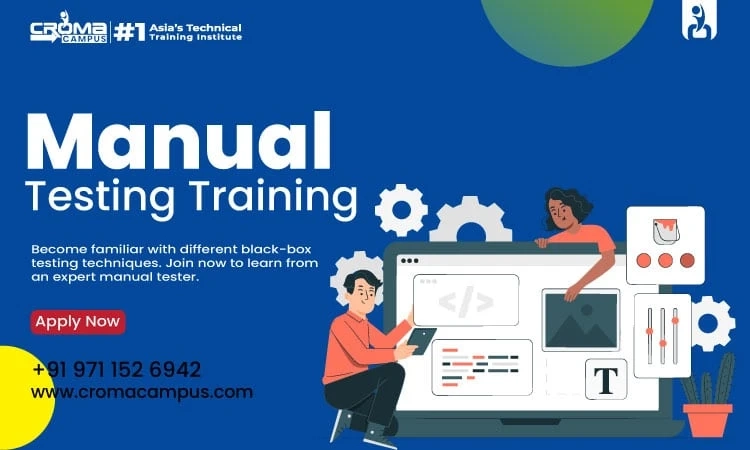What are the Types of Manual Testing?
INTRODUCTIONManual software testing is the process of checking the quality of a new application without using automation tools or ...


INTRODUCTIONManual software testing is the process of checking the quality of a new application without using automation tools or ...

